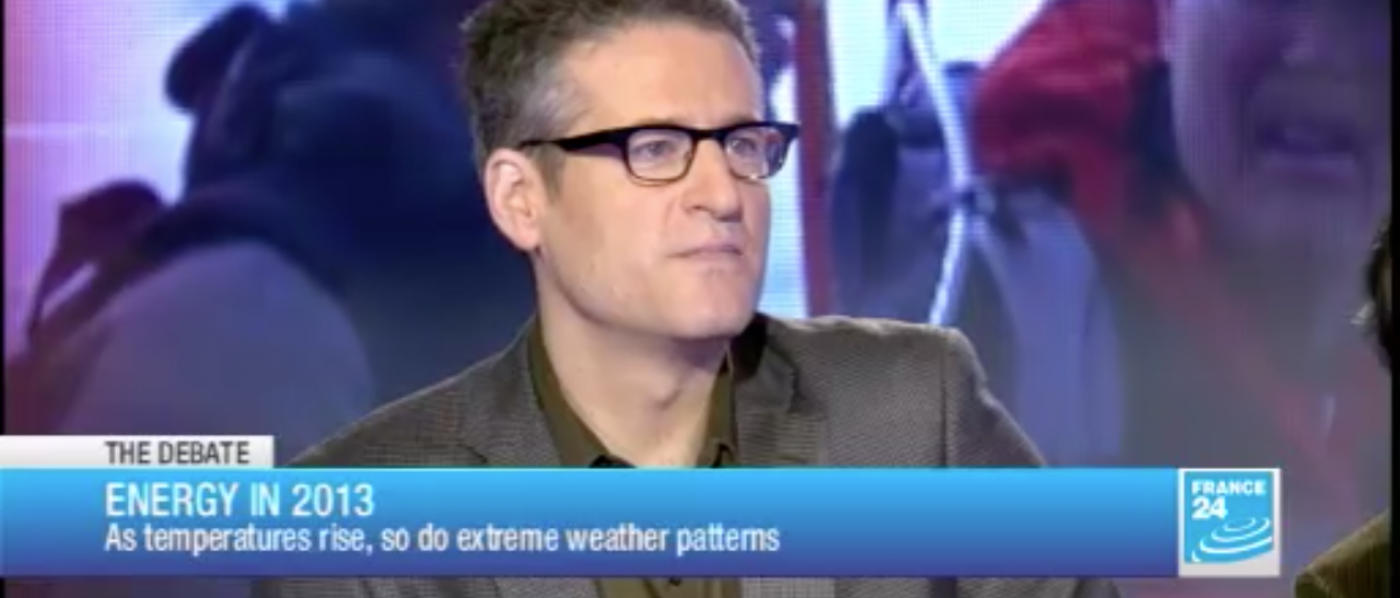CNN axed their entire science, environment and technology unit in December, as documented by the Columbia Journalism Review. The Society of Environmental Journalists (disclaimer: I serve on the board of directors) joined three other journalism groups on a letter to CNN’s leadership protesting this “short-sighted” move “at a time when science coverage could not be more important in our national and international discourse.” Unfortunately, further developments suggest that we can expect further occular dysfunction from the media majors in general and CNN in particular.
This week CNN anchor Lou Dobbs gets the silliness award for devoting prescious broadcast minutes to a poorly documented rehash of climate change skepticism, putting sunspots and natural cycles in the climate change driver’s seat rather than anthropogenic greenhouse gas emissions. See the video clip below, immortalized by progressive media watchdog group Media Matters’ County Fair blog:
Vodpod videos no longer available.
The deterioration of science reporting threatens to spread as other major media outlets follow suit with budget-slashing bloodletting. Joel Makower, a pioneer in reporting on sustainable business, made that point last month in a discouraging post entitled Are Environmental Journalists an Endangered Species?. Makower sees the cuts at CNN as just one example of a “devestating” trend, noting the recent loss of senior journalists at Fortune magazine, The Weather Channel, and the Los Angeles Times.
The likely result is that fewer reports on the environment (ie energy according to the IPCC, which Dobbs ignores) will run. As Makower points out, those that do run will be delivered by generalist reporters scrambling to get up to speed on complex topics:
I hear from such reporters every week: general-assignment reporters from newspapers and broadcast stations around the U.S., niche trade magazines, and others seeking comment or context on a story they’re covering. I can tell you unequivocally that the nature of their questions reveals a high degree of ignorance. I’m happy to bring them up to speed, but it’s a slog.
One of the few bright spots is the New York Times, where the environment team is still growing. However, given that the paper recently announced plans to re-mortgage its headquarters building to make up for slumping ad revenues, one wonders how long the leadership will last.
This post was created for Energywise, IEEE Spectrum’s blog on green power, cars and climate












CNN has been going downhill for quite a while. There is plenty of room for a better news station if anyone has the opportunity.
If its rubbish Joe public won`t believe it, like they didn`t believe the Gore propaganda. But it`s not rubbish is it.
The American people have installed a new president promising international action to, “roll back the specter of a warming planet.” I think that speaks volumes about where a majority of the public in Gore’s land stands: with the luminaries of the scientific community and the vast majority of scientists who study climate.
Human-induced climate change is simply the hypothesis that makes best sense of the data available on today’s climate, and the best models to explain climates changes gone by. Calling it rubbish won’t change that Rob.